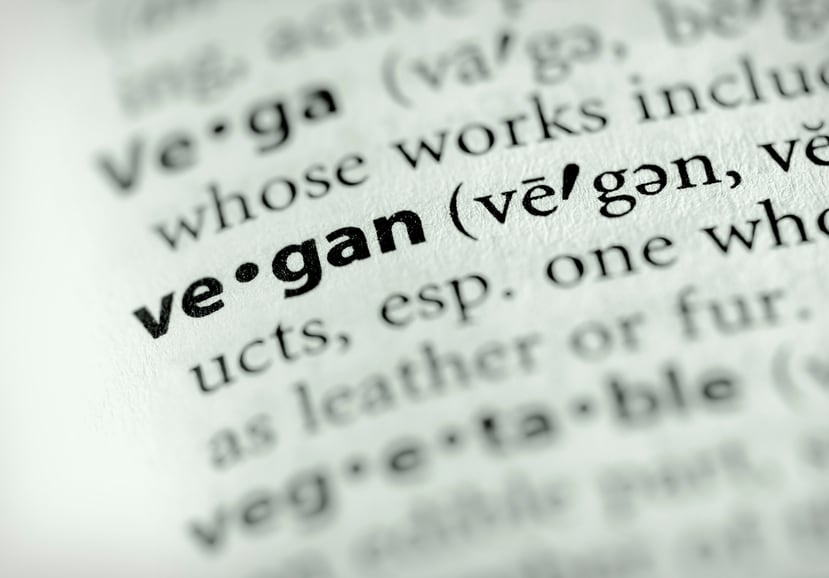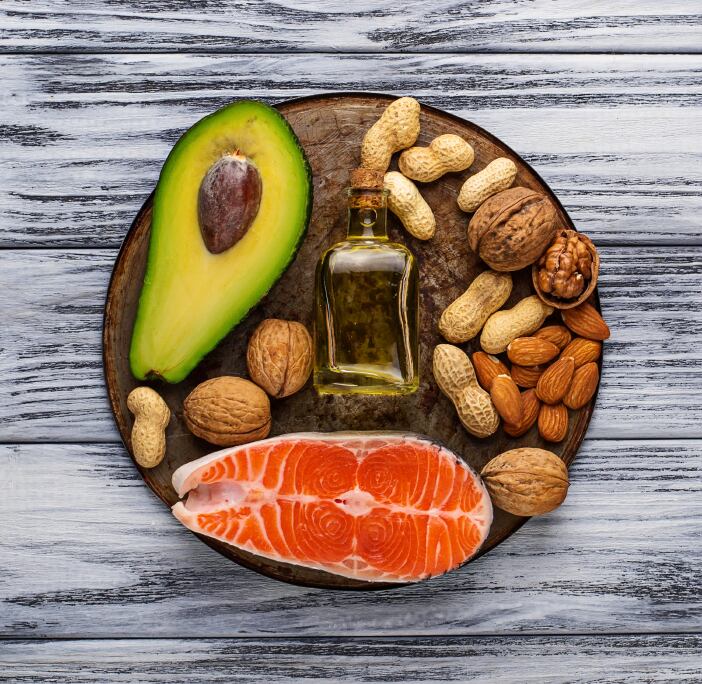UK supermarket Sainsbury’s has for years offered its café customers ‘meat-free sausage and mash’ – a suitable option for its vegan and vegetarian clientele, but hardly something that will have meat-eaters salivating. However, in tests at a site in Truro, Cornwall, sales of the dish rocketed thanks to one simple, no-cost intervention: the name was changed. Calling it “field-grown sausages and mash” increased sales by 51.3%, whilst “Cumberland-spiced veggie sausages and mash” was even more popular (76.2% rise). “Better sausages and mash” was far less appealing, with sales only 6.5% better than the original label.
The research is just one of a number of studies and surveys assessed by the Better Buying Lab, an initiative set up in 2016 by the World Resources Institute to investigate “cutting edge strategies” to encourage more people to buy sustainable foods more often. The likes of Quorn, Unilever Food Solutions, Sodexo and Google are among the other partners involved in tests being conducted in the UK and the US. How to better market plant-based foods to the mainstream has been an initial focus.
“The language of plant-based foods has historically been to appeal to specific subgroups, but we need sustainable diets to [be embraced] by the majority, not the minority,” explained Daniel Vennard, the lab’s director, in an interview with Foodnavigator.
Indeed, in the past few years there has been a boom in veganism and vegetarianism, but the numbers remain small – in the UK, 7% reportedly eat a diet without any animal products, whilst in the US 5% are vegetarian. That’s why the focus is on the flexitarians – those who are actively trying to reduce the meat they eat – and those who fancy the idea but haven’t yet tried it. And one of the best ways to tempt people is to change the descriptions. “Language underpins so much of our food experience,” Vennard said, as he talked through some of the research to date.
One trial in the US involved a vegetarian black bean soup, which was renamed “Cuban black bean soup” and “Slow-simmered black bean soup”. The latter had no statistical impact; but the former led to a 13% jump in sales because it cued a specific flavour and spice profile amongst customers, and prompted positive memories or associations with food from the country. The team isn’t sure why slow-simmered didn’t resonate, but they had similar challenges when they trialled new names for vegetarian lasagne (see page 11 of this study). Research is at an early (though exciting) stage, yet some golden rules are starting to emerge.
Give meat-free a miss
For example, one of the terms to steer clear of (as the Sainsbury’s trial proved) is “meat-free” – a phrase that basically means less of what meat eaters like. “Vegan” and “vegetarian” don’t help either. That might seem surprising – last month a record 250,000 people signed up for Veganuary, whilst the hashtag “vegan” has reportedly topped 7o million posts now. As FoodNavigator has reported: this is no passing fad, it’s big business. However, the term could be alienating consumers, according to Edward Crook, global research vice president at Brandwatch. #
"Our analysis found the vegan lexicon to be quite divisive online, and it may prevent some people from experimenting with the growing range of plant-based proteins available. To broaden mainstream appeal, new language is needed that avoids an ‘us-them' mentality.”
The other no-no is what WRI calls “healthy restrictive” language. Another surprise, perhaps – health is one of the primary motives for eliminating or reducing meat and dairy from diets. WRI’s initial insights are that healthy – especially when couched in restrictive styles like “reduced fat” – tend to suppress sales. There are important nuances to this rule, however – for example, on Mondays people are often more inclined to be seeking healthier snacks and lunch options than they would be on Fridays. Vennard said it’s best to talk about health in positive ways. “We would like to see more research done to help the food industry understand when and where health-related language can enhance appeal.”
Another reason for the current wave of interest in plant-based eating is, of course, climate change. Last month, the world’s first scientific targets for a healthy diet set within planetary boundaries were published by the Eat-Lancet Commission – consumption of fruits, nuts, legumes and vegetables have to increase, whilst meat consumption in the west needs to fall dramatically. However, the reactions of consumers to marketing that portrays the environmental benefits of a product can be as nuanced as those for health, Vennard warned.
Phrases like “low greenhouse gases” are not typically seen as positive; they also do little to excite consumers about what they are pulling off the shelf or picking from the menu. Links to the natural world can provide more traction – Nestlé, for example, has its Garden Gourmet range of meat-free products. Still, environmental benefits remain a hard sell: “If we look at the drivers of food choice, taste and quality are always near the top, [whilst] the environment is typically one of the lowest drivers,” Vennard explained.
How to tease and tempt with tofu
So, what language will tempt and tease consumers to try that tofu-based ready meal, or plant-heavy pizza topping? WRI has found three so far: “provenance”, “flavour” and “look and feel”. Basically, it is language that echoes the main drivers of people’s food choices, said Vennard. “Before we choose food we create simulations in our minds of what it will be like. That can be from memory or using external cues – like language. That’s why [the words food brands] use can be crucial in forming these simulations.”
Take flavour: spotlighting what a product will taste like can be a route to getting people's mouths watering. Flavoursome ingredients, flavour-enhancing cooking methods or an interesting combination of flavours can all communicate an attractive flavour profile. Research at Stanford University in 2017, and reported by Foodnavigator, found that people chose vegetable sides with indulgent labelling (“Sweet sizzling green beans”) 25% more than those with basic labels (“Green beans”), and 41% more than when those so-called “healthy restrictive” terms (“Light ‘n’ low-carb green beans and shallots”) were used. Meanwhile, an online study conducted by the Better Buying Lab with its behavioural insights team in the UK found that renaming "Chickpea and potato curry" to "Mild and sweet chickpea and potato curry" increased stated ordering by 108%.
“Mouth-feel” can matter, too: sales increased 14% when "Gnocchi with mushroom, fresh spinach and Parmesan sauce" was renamed "Melt in the mouth Gnocchi with mushroom, fresh spinach and creamy Parmesan sauce". Colour, regarded as the single biggest cue people use to set their expectations of what a food will taste like, can also be used to tempt those carnivores. “It’s a powerful way to differentiate plant-rich foods from meat-based alternatives,” Vennard said.
WRI’s latest research findings are available here.




